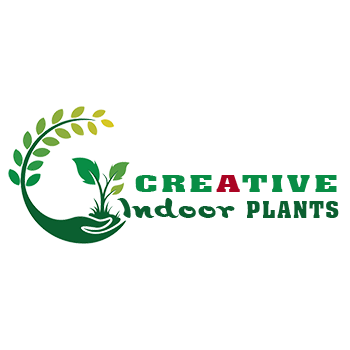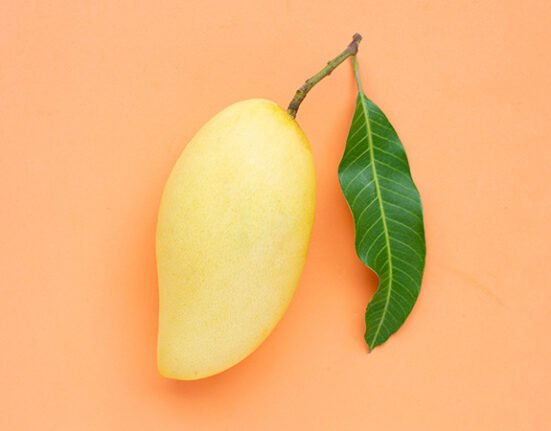Tomato cultivation can be broadly categorized into two primary methods: traditional and hydroponic. The traditional approach involves planting tomatoes in soil, where they receive water, sunlight, and essential nutrients through natural processes. In contrast, hydroponic tomato cultivation involves growing plants in a nutrient-rich water solution, eliminating the need for soil.
Both methods have their advantages and disadvantages, making it crucial to understand the distinctions between them in order to determine the most suitable approach for specific requirements.
Key Takeaways
- Traditional tomato growing methods involve planting in soil and relying on natural sunlight and rain for growth
- Hydroponic tomato growing methods involve growing plants in a nutrient-rich water solution without soil
- Traditional tomato growing allows for natural flavors and nutrients to develop, but is more susceptible to pests and diseases
- Hydroponic tomato growing can produce higher yields in a controlled environment, but requires more upfront investment and energy usage
- When choosing a tomato growing method, consider factors such as space, resources, and environmental impact to determine the best fit for your needs
Traditional Tomato Growing Methods
Traditional tomato growing methods have been used for centuries and involve planting the tomatoes in soil and providing them with water, sunlight, and nutrients through natural processes. This method is tried and true, and many gardeners prefer it because it mimics the natural growing conditions of tomatoes.
Advantages of Traditional Tomato Growing
Traditional tomato plants are typically grown in the ground or in large containers filled with soil, and they rely on the soil to provide them with the necessary nutrients for growth. This method is relatively low-cost and low-maintenance, making it accessible to a wide range of gardeners.
Drawbacks of Traditional Tomato Growing
On the other hand, traditional tomato growing methods also have their drawbacks. For one, traditional tomato plants are more susceptible to soil-borne diseases and pests, which can affect the overall yield of the crop. Additionally, traditional tomato plants require a significant amount of space to grow, which may not be feasible for gardeners with limited space.
Limitations of Traditional Tomato Growing
Overall, while traditional tomato growing methods have been used for centuries, they may not be the most efficient or sustainable option for all growers.
Hydroponic Tomato Growing Methods
Hydroponic tomato growing methods involve growing the tomatoes in a nutrient-rich water solution without the use of soil. This method has gained popularity in recent years due to its ability to produce high yields in a controlled environment. Hydroponic tomato plants are typically grown in a soilless medium such as perlite or coconut coir, and they rely on a carefully balanced nutrient solution to provide them with the necessary nutrients for growth.
This method is often used in commercial greenhouse settings, but it can also be adapted for home gardeners with the right equipment and knowledge. One of the main advantages of hydroponic tomato growing methods is that they allow for greater control over the growing environment. This means that growers can optimize factors such as temperature, humidity, and nutrient levels to maximize the yield and quality of their tomatoes.
Additionally, hydroponic tomato plants are less susceptible to soil-borne diseases and pests, which can result in a higher overall yield. However, hydroponic tomato growing methods also require a significant investment in equipment and infrastructure, which may not be feasible for all growers.
Pros and Cons of Traditional Tomato Growing
| Metrics | Traditional Tomatoes | Hydroponic Tomatoes |
|---|---|---|
| Water Usage | Higher | Lower |
| Growth Rate | Slower | Faster |
| Yield | Variable | Consistent |
| Nutrient Absorption | Dependent on soil quality | Controlled and optimized |
Traditional tomato growing methods have their own set of pros and cons. On the one hand, traditional methods are relatively low-cost and low-maintenance, making them accessible to a wide range of gardeners. Additionally, traditional tomato plants rely on natural processes for growth, which can result in a more flavorful and nutritious crop.
However, traditional tomato plants are more susceptible to soil-borne diseases and pests, which can affect the overall yield of the crop. Additionally, traditional methods require a significant amount of space to grow, which may not be feasible for gardeners with limited space.
Pros and Cons of Hydroponic Tomato Growing
Hydroponic tomato growing methods also have their own set of pros and cons. On the one hand, hydroponic methods allow for greater control over the growing environment, which can result in higher yields and better quality tomatoes. Additionally, hydroponic tomato plants are less susceptible to soil-borne diseases and pests, which can result in a higher overall yield.
However, hydroponic tomato growing methods require a significant investment in equipment and infrastructure, which may not be feasible for all growers. Additionally, some argue that hydroponically grown tomatoes may not be as flavorful or nutritious as traditionally grown tomatoes.
Comparing Traditional and Hydroponic Tomato Yields
Higher Yields with Hydroponics
In general, hydroponic tomato plants tend to produce higher yields than traditional tomato plants. This is due to the controlled growing environment and reduced risk of disease and pests.
Traditional Tomatoes Can Thrive Too
However, traditional tomato plants can also produce high yields under the right conditions. This is especially true if they are grown in nutrient-rich soil and provided with proper care.
Factors Affecting Yield
Ultimately, the yield of tomatoes will depend on various factors such as growing conditions, care, and maintenance.
Environmental Impact of Traditional and Hydroponic Tomato Growing
The environmental impact of traditional and hydroponic tomato growing methods is another important consideration. Traditional tomato growing methods rely on natural processes and do not require as much energy or resources as hydroponic methods. However, traditional methods may also result in more water and nutrient runoff, which can have negative effects on the surrounding environment.
On the other hand, hydroponic tomato growing methods require more energy and resources to maintain the controlled growing environment, but they also result in less water and nutrient runoff.
Choosing the Right Tomato Growing Method for Your Needs
Ultimately, choosing the right tomato growing method will depend on your specific needs and circumstances. If you have limited space or resources, traditional tomato growing methods may be the best option for you. On the other hand, if you have the means to invest in equipment and infrastructure, hydroponic tomato growing methods may be worth considering for their potential for higher yields and reduced risk of disease and pests.
It’s important to weigh the pros and cons of each method and consider factors such as cost, space, environmental impact, and desired yield when making your decision. Regardless of which method you choose, growing your own tomatoes can be a rewarding experience that allows you to enjoy fresh, flavorful tomatoes straight from your garden.
FAQs
What are traditional growing methods for tomatoes?
Traditional growing methods for tomatoes involve planting them in soil and providing them with adequate sunlight, water, and nutrients. This method relies on the natural environment to support the growth of the plants.
What are hydroponic growing methods for tomatoes?
Hydroponic growing methods for tomatoes involve growing the plants in a nutrient-rich water solution without the use of soil. This method relies on providing the plants with all the necessary nutrients directly through the water.
What are the advantages of traditional growing methods for tomatoes?
Traditional growing methods for tomatoes allow the plants to access natural nutrients from the soil, and they are less dependent on artificial inputs. This method also promotes soil health and biodiversity.
What are the advantages of hydroponic growing methods for tomatoes?
Hydroponic growing methods for tomatoes can result in faster growth and higher yields. They also allow for more control over the nutrient intake of the plants and can be implemented in areas with poor soil quality.
What are the disadvantages of traditional growing methods for tomatoes?
Traditional growing methods for tomatoes are more susceptible to soil-borne diseases and pests. They also require more water and space compared to hydroponic methods.
What are the disadvantages of hydroponic growing methods for tomatoes?
Hydroponic growing methods for tomatoes require a significant initial investment in infrastructure and equipment. They also require a consistent supply of electricity and water to maintain the system.





